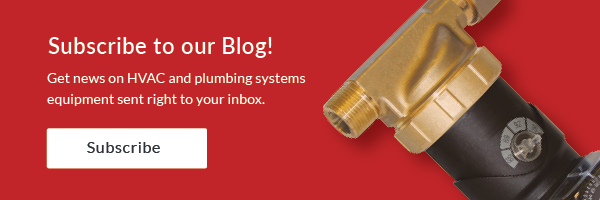Recent Monday Morning Minute articles have discussed the advantages of tankless water heaters in domestic water applications with higher efficiencies at lower inlet temperatures. An engineer in the Grand Rapids area asked about using condensing technology for swimming pools. This week is the first of three articles on this application.Swimming pool water temperatures of 70°F to 82°F are ideal for maximizing the advantages of condensing technology. The issue is the highly chlorinated water and its effect on the condensing heat exchanger. The consulting engineer has a whole set of design issues with swimming pool heaters. Let’s look at some of them.
Pool Heater Construction Materials
Let’s start by talking about the pool water. Swimming pool water is highly chlorinated and it’s not unusual for a school district, health club, or municipality to incur the cost of replacing and repairing swimming pool water heaters quite often. The heat exchanger material used in boilers and water heaters can be the culprit. Most condensing heaters use stainless steel for the heat exchangers. This is great for potable water and hydronic heating, but the chlorine will reduce the life of the stainless steel boiler exchanger.
Traditionally, copper products have been used, but they can quickly erode if the pH isn’t kept perfect. Also, we have to mix return water with heater outlet water to avoid condensing in a non-condensing heater.
Calculating Swimming Pool Heater Load and Turndown
Swimming pool heaters are normally selected for two loads. The first load is the pickup or heat-up load. This is the BTUH required to bring the pool to temperature when it’s freshly filled. The BTUH depends on the amount of time allowed to bring the pool up to temperature. Is it 24 hours or 48 hours, or something more or less?
The pool isn’t drained very often so the normal load is just the heat loss from the pool surface to air in the pool area. Obviously, the load depends on the size of the pool and whether it’s located indoors or outdoors, but this load is normally significantly less than the heat-up load.
Let’s look at an example. Your client has a 164’ X 82’ Olympic size indoor pool maintained at 80°F. That means there’s a 5°F difference between the pool and the 75°F air temperature. If the pool is drained, they want to heat it in 48 hours.
Swimming Pool Heat Loss Calculations
In our example, the surface area of the pool is about 13,500 square feet. The loss to the room is about 5 BTU per square foot per degree. We can ignore the black body heat loss through the sides of the pool. Our load is:
13,500 X 5 X (80-75) is about 330,000 BTUH
The pick-up, or cold start load, takes the total volume of 94,136 cubic feet of water from 40°F to 80°F in 48 hours.
94,136 X 62.3 X (80-45)/48 is about 4,300,000 BTUH
I know I can do this with a 4 million BTUH water heater. You may ask how. Remember our 330,000 BTUH heat loss to the room? When I’m heating up the water from a cold start, I actually get a heat gain from the indoor room air temperature through the surface of the water. You can do the math either approximately or you can use the terms from our college days of integral or derivatives to calculate the change in heat loss as the water temperature changes over time.
My Michigan- and Ohio-based rule of thumb is that I’m safe rounding down by the heat loss BTUH for indoor applications and adding the heat loss BTUH for outdoor applications. You can do the math, but it all depends on the time of year and/or starting air temperature.
For this example, we need a 4 million BTUH boiler with a 12:1 turndown ratio.
Next week our Monday Morning Minute will show how to use a high turndown boiler coupled with a B&G plate heat exchanger in this swimming pool application.


